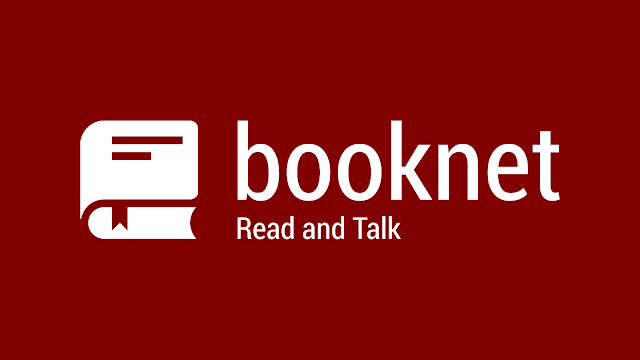Green Books: Greening the Publishing Industry
 Welcome to the third post in my series about Green Books!
Welcome to the third post in my series about Green Books!In my last post about Green Books, I looked at how individuals can share books and so cut down on the carbon footprint of their reading habits. In this post, I'll briefly look at what the publishing industry is doing.
Books are made of paper which is made from trees. More than 30 million trees are cut down every year to make books in the USA. Currently under 10% of the paper used in the US book publishing industry comes from recycled sources*. These statistics are quite sobering when you consider them!
Eco-Libris is an online campaign aiming to reduce the carbon footprint of reading. You can read a lot about the publishing industry's attempts to become greener on their website here. The Eco-Libris blog is full of useful information about taking a greener approach to printing and publishing.
The great thing about Eco-Libris is that they work on so many different levels. They collaborate with book clubs, book shops, publishers and authors, encourage people and companies to plant trees and educate readers about the carbon footprint of their books.
Some individual publishers take a sustainable approach to the environment. Two Ravens Press for example, operating in the Scottish islands, focuses on publishing contemporary books about nature and the environment and has a robust environmental policy (though it only seems to merit a small paragraph towards the bottom of this page of their website).
As well as getting involved with EcoLibris, if you review books on your blog, you can develop a habit of mentioning the environmental criteria of the books you review (I have to admit, this is something I always intend to do, but as yet, don't regularly do!).
If you have a publisher then discuss environmental issues with them! They may not be able to do much, but at least you've raised their awareness of the issues. If you're self publishing look for a local print company and ask them about their environmental policies. More and more printing companies have environmental policies these days. A local print company that doesn't have a robust environmental policy will at least enable you to reduce the carbon footprint involved in distribution of your book.
In my next post, I'll look at the burning question – E-readers vs Paper Books – how do they compare in terms of environmental impact?
Juliet
Crafty Green Poet
* statistics from Eco-Libris.



Hi Juliet,
ReplyDeleteThanks for the mention. I really appreciate it!
Best,
Raz Godelnik
Eco-Libris
on tenter hooks for the next post
ReplyDelete